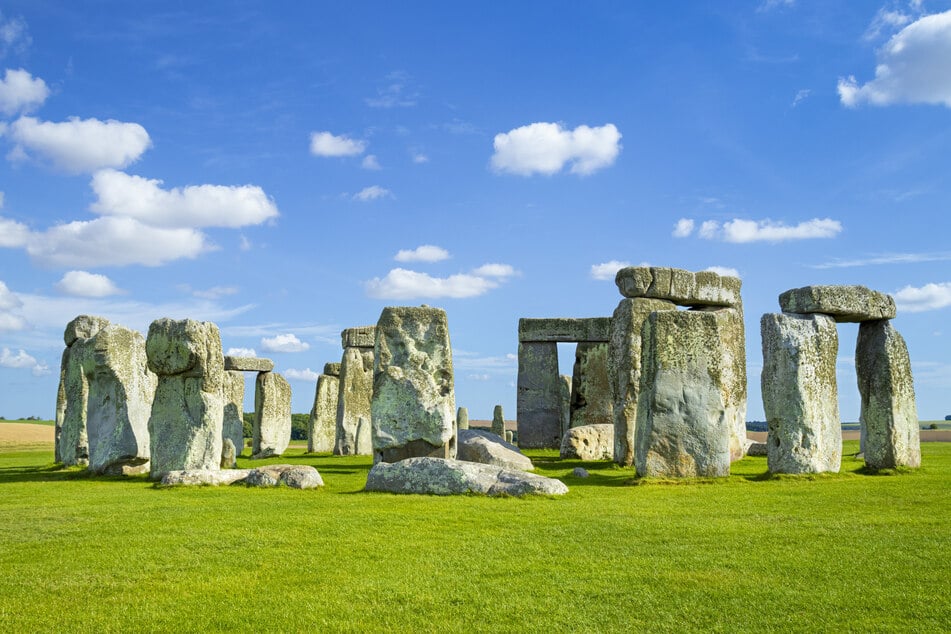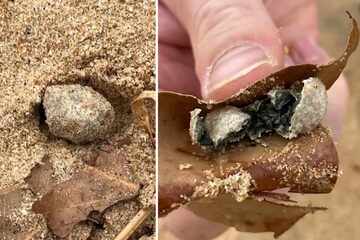Monumental mystery: scientists make astonishing Stonehenge discovery
Wiltshire, UK - The Stonehenge monument may have stood in Wales for centuries, according to an article published on Friday in the archaeological journal Antiquity.

The spectacular findings may partially confirm a medieval legend that the wizard Merlin once removed a magical stone circle called the Giants' Dance from Irish dominion and had it rebuilt in England.
It is undisputed that the huge boulders at Stonehenge, known as megaliths, originated from a quarry in southwest Wales.
The bluestone was transported some 140 miles as the crow flies. But scientists now say that traces discovered very close to the Welsh quarry indicate a similar site to the one that has been standing in the English county of Wiltshire for about 5,000 years – except that the stones appear to have been removed at some point.
At about 361 feet, the diameter of the former Waun Mawn stone circle is exactly the same as that of Stonehenge. Both circles are aligned with the summer solstice sunrise.
Archaeologists have found a series of holes at the site in Wales that fit the Stonehenge megaliths exactly. According to the Guardian, one imprint was described by a scientist as fitting a Stonehenge megalith "like a key in a lock."
Dating from the Welsh site also revealed that the Stonehenge boulders were quarried centuries before the world-famous monument was built – coinciding with the construction of the Waun Mawn stone circle.
Some 100 years ago, geologist Herbert Thomas proposed the theory that the Stonehenge megaliths were part of an earlier sanctuary in Wales, and now that theory appears to be confirmed.
Lead archaeologist Mike Parker Pearson told the Guardian: "I’ve been researching Stonehenge for 20 years now and this really is the most exciting thing we’ve ever found."
Cover photo: IMAGO / robertharding
